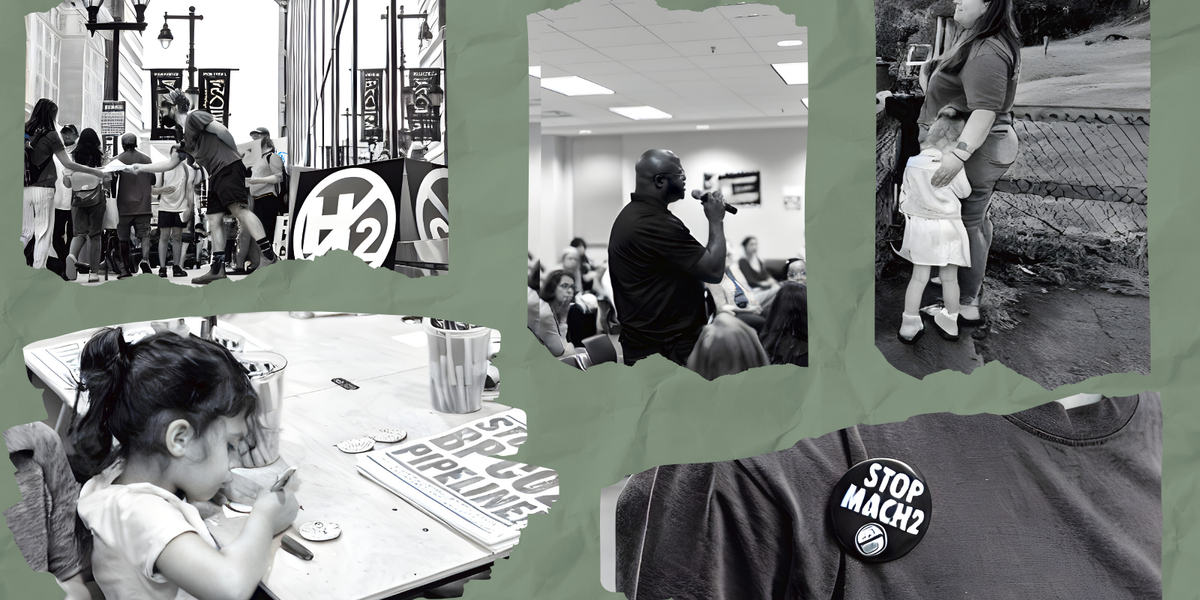response
Southeast Asia leads in disaster preparedness despite vulnerability
A Gallup survey reveals that Southeast Asia, one of the most disaster-prone regions, is also among the best prepared to handle natural disasters.
In short:
- Southeast Asia has high disaster preparedness despite frequent exposure to natural hazards like earthquakes and typhoons.
- The region's success is linked to effective early-warning systems, community approaches, regional cooperation and access to disaster finance.
- Wealth is not the key factor in preparedness, as Southeast Asia, with lower-middle-income countries, surpasses wealthier regions.
Key quote:
Southeast Asia is "a region that clearly has much to teach the world in terms of preparing for disasters.”
— Ed Morrow, senior campaigns manager for Lloyd’s Register Foundation
Why this matters:
Southeast Asia’s effective disaster preparedness strategies could serve as a model for other regions. Learning from these practices could help save lives and reduce damage globally.
Related EHN coverage:
Rising temperatures and human activity are increasing storm runoff and flash floods
Hurricanes Florence and Michael in the U.S. and Super Typhoon Mangkhut in the Philippines have shown the widespread and harmful impact of weather extremes on both ecosystems and built communities, with flash floods causing more deaths, as well as property and agriculture losses than from any other severe weather-related hazards.
















